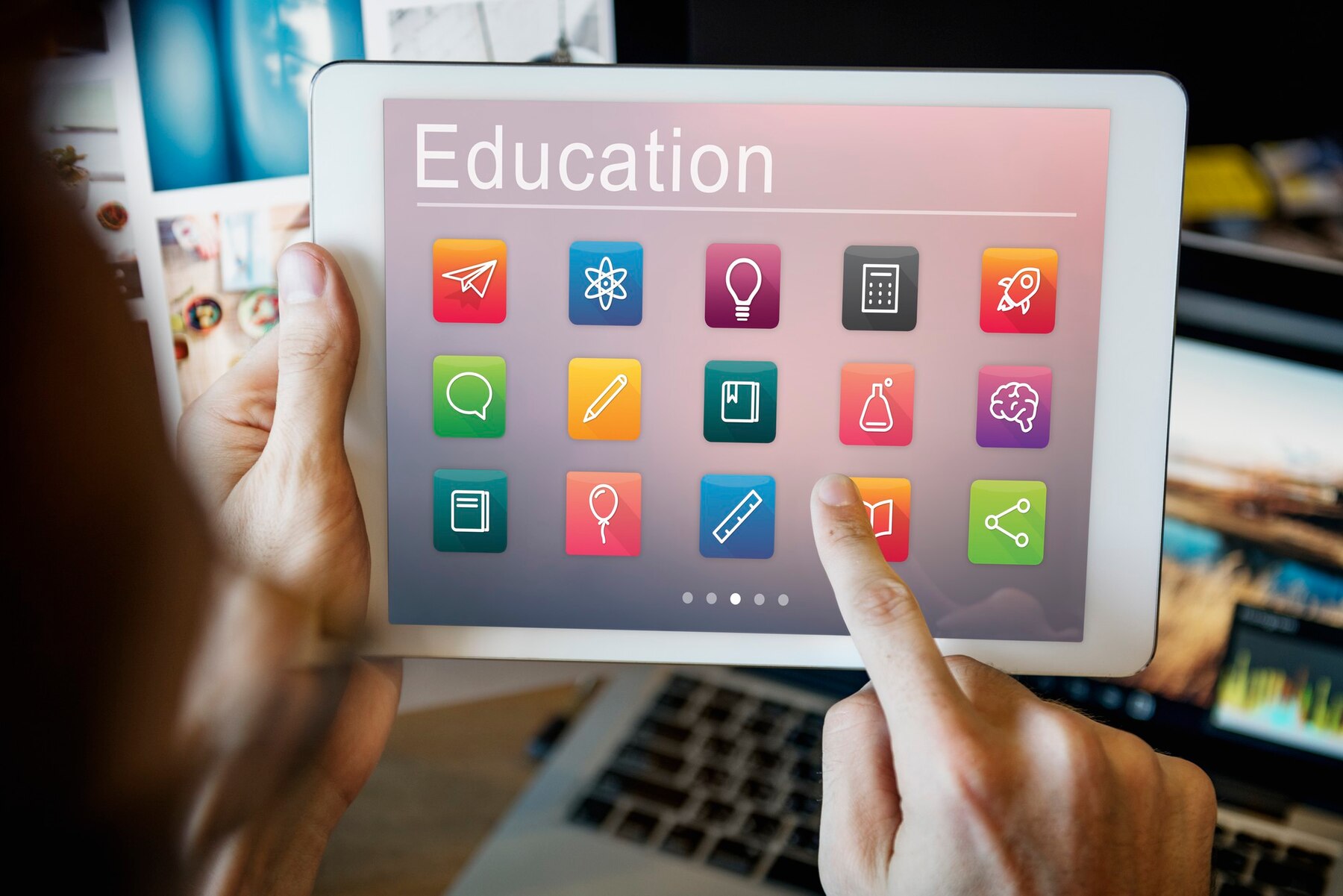
How AI is Changing the Way We Learn: A New Era in Education
AI has changed many fields, including education. As we stand on the brink of a new era, it’s essential to understand how AI is reshaping the learning landscape. This blog looks at how AI is changing education. It focuses on AI tools that help students engage with their studies in new ways.
AI in education is no longer just a trend. It has become key to improving learning results. AI is transforming education. It offers personalised learning and smart tutoring systems, creating a more dynamic and responsive learning environment. But even with its rising impact, misconceptions and worries about AI in education remain. This article clears up misconceptions and gives a clear overview of the benefits and challenges of AI in learning.

Key Benefits of AI in Education
Tailored Learning Journeys
AI shines as a guiding light in the vast education landscape, offering tailored learning journeys. Gone are the days of the cookie-cutter approach, which often fails to meet the rich tapestry of individual student needs. AI-powered learning tools let us understand each student’s style, pace, and preferences. This helps us create personalised learning paths. This customised method sparks student interest and elevates learning results to incredible heights.
Picture AI spotting a student’s struggles. It then offers tailored resources to help them get better. By moulding to the specific needs of each learner, AI transforms education into a delightful journey of discovery.
Smart Tutoring Systems
Enter AI-powered intelligent tutoring systems (ITS), the champions of personalised education! These systems provide the same benefits as one-on-one tutoring. They give quick feedback and personalised guidance. Unlike traditional classrooms, where teachers manage many students, ITS provides personalised help to everyone.
Using machine learning, intelligent tutoring systems check each student’s progress and provide personalised recommendations. This ongoing dialogue helps build understanding, fix mistakes, and boost students’ confidence in their skills.
Bridging Accessibility Gaps
AI can change education for students with disabilities. It helps create a more inclusive learning space. It brings to mind assistive technologies, such as speech-to-text and real-time translation. These tools help those with visual, auditory, or language barriers access knowledge. By dismantling these obstacles, AI ensures that all learners can triumph in their educational pursuits.
Insightful Data Analysis
The infusion of AI into education gives educators a treasure trove of data-driven insights. AI analyses different data sources. It shows trends, predicts how students will perform and highlights teaching strategies. This insight helps teachers make smart choices. It improves their teaching methods and boosts the learning experience.
Imagine using AI to spotlight students at risk of lagging behind, providing timely support to keep them on track. By embracing data analytics, educators can sculpt a proactive and responsive learning environment.
Step-by-Step Guide to Implementing AI-Powered Learning Tools
Step 1: Assess Educational Needs
Before using AI tools, take a moment to check the needs of students and teachers. Use surveys, interviews, and focus groups. These tools help find challenges and opportunities in the current landscape. Pinpoint areas where AI can make the biggest splash—be it personalised learning, accessibility, or data analysis.
Step 2: Choose the Right AI Tools
Once educational needs are set, it’s time to select the perfect AI tools to achieve your goals. The marketplace is brimming with options, each boasting unique features. Before deciding, evaluate factors like user-friendliness, scalability, and compatibility with existing systems.
Here are some shining stars in the AI-powered learning toolbox:
- Knewton: An adaptive platform that personalises educational content to meet student needs.
- Carnegie Learning: An AI-driven tutoring system specialising in math and cognitive science.
- Cognii: A virtual assistant offering personalised tutoring and assessment experiences.
Step 3: Train Educators and Students
Effective training is key for teachers and students to succeed with AI learning tools. Host training sessions that help teachers use AI tools in their teaching. Encourage students to explore these innovations and provide feedback on their experiences.
Step 4: Monitor and Evaluate
Stay updated on AI-powered learning tools by regularly checking their effects on education. Gather feedback from students and teachers to identify areas for improvement. Also, use data analytics to measure how well you boost student engagement, performance, and satisfaction.
Step 5: Commit to Continuous Improvement
AI in education moves quickly. Stay afloat by focusing on continuous improvement and keeping up with the latest advancements. This way, you can find new opportunities to enhance the learning experience. Cultivate a culture of innovation and experimentation to fully harness AI’s transformative power.

Expert Tips & Mistakes to Avoid
Best Practices for Implementing AI in Education
- Foster Collaboration: Build partnerships with educators, students, and AI developers. This will improve tool effectiveness.
- Address Ethical Issues: Focus on data privacy, bias, and accountability when using
- Boost Digital Literacy: Teach students key skills to use AI tools safely.
Common Pitfalls to Avoid
- Over-reliance on Technology: While AI can enhance education, the human touch must remain integral. Balance AI tools and traditional teaching methods for a holistic experience.
- Ignoring Student Feedback: Student perspectives are gold when evaluating AI tool effectiveness. Dismissing their feedback risks missing golden opportunities for improvement.
- Neglecting Teacher Training: Effective use of AI tools hinges on thorough teacher training. Skipping this step can stunt success.
Advanced Insights & Recommendations
The Future of AI in Education
As AI technology marches forward, its potential to revolutionise education knows no bounds. Future innovations might offer AI-powered virtual reality, smart analytics for personalised learning, and better natural language processing for smoother interactions. Educators and policymakers must stay in the know, leveraging the full potential of AI in education.
Collaborate with Industry Experts
Working with industry experts and AI developers gives great insights into the latest trends. Partner with AI firms and research institutions to stay ahead in education innovation.
Embrace a Growth Mindset
Navigating the dynamic realm of AI in education calls for a growth mindset. Inspire educators and students alike to view challenges as springboards for growth. Schools can grow and succeed by promoting a culture of ongoing learning as AI technology evolves.

Embracing the AI Revolution in Education
AI in education changes how we learn. It brings new chances for personalisation, accessibility, and insights from data. AI learning tools are becoming common. Educators, students, and policymakers should embrace this change. They can use AI to improve educational results.
We can create a better learning environment by using AI in education. Learning becomes more inclusive, engaging, and effective when we see its potential and use best practices. As we move forward, let us continue to explore the possibilities of AI and work together to shape the future of online education for generations to come. What steps will you take to embrace AI in your educational journey?